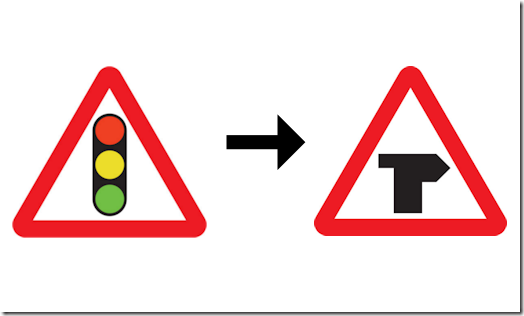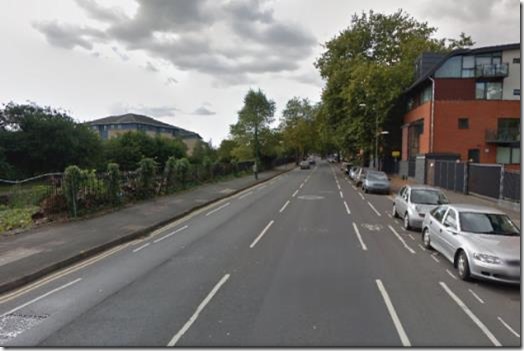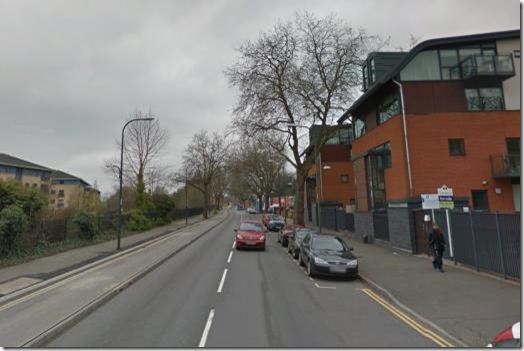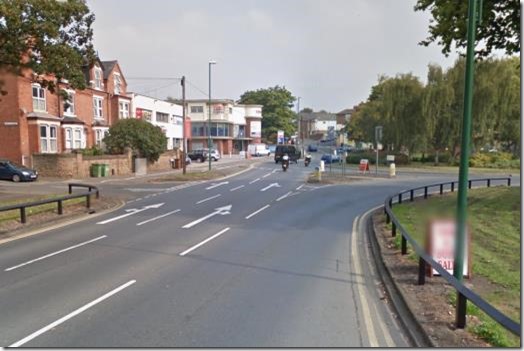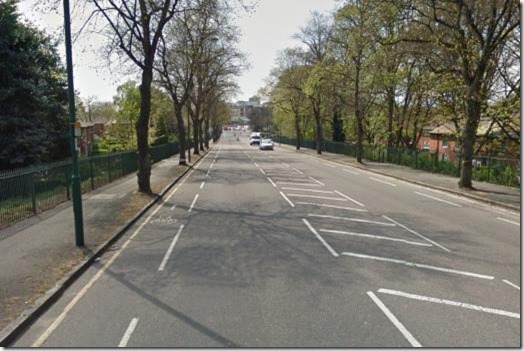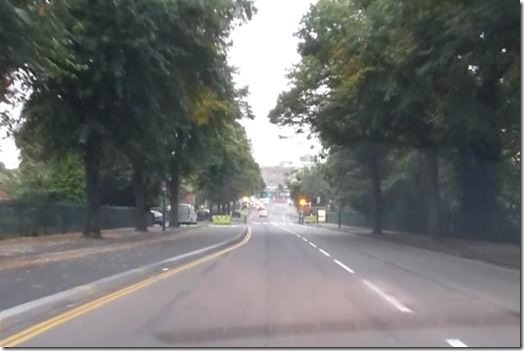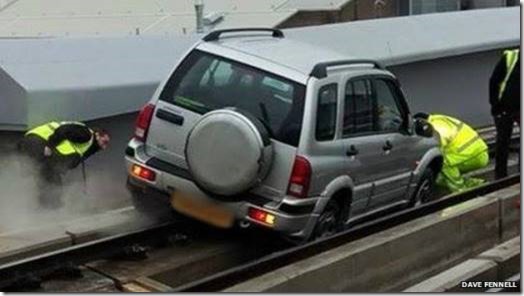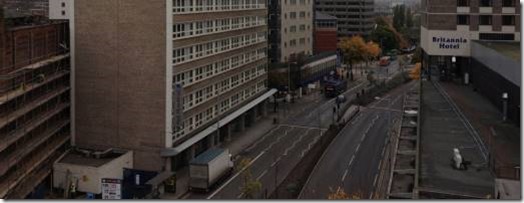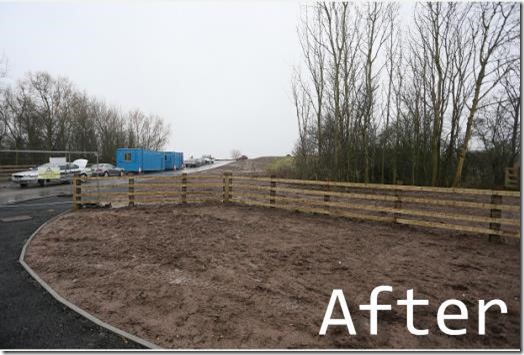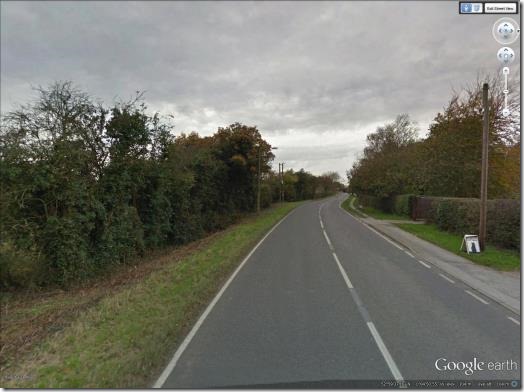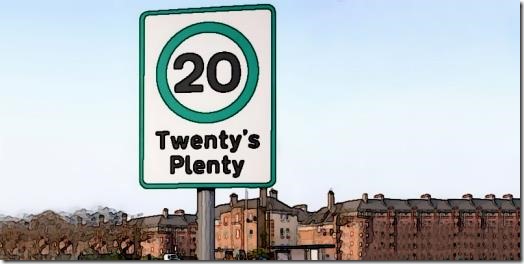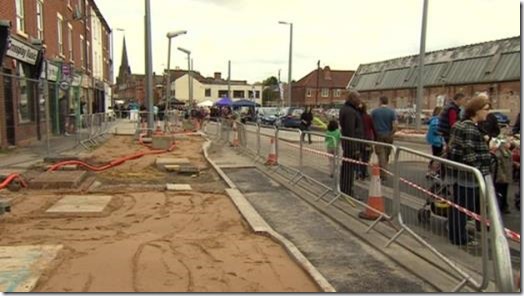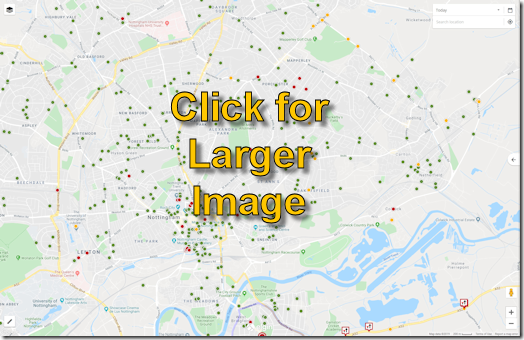 This is getting beyond a joke now. Take a look at the map of current road works in Nottingham (click the image above, or click here, for the full-size version).
This is getting beyond a joke now. Take a look at the map of current road works in Nottingham (click the image above, or click here, for the full-size version).
This section of the map doesn’t even show the whole of the county, nor does it include at least two of the telephone pole replacement operations I’ve been caught up in over the last few of days.
There are literally hundreds of the f***ing things (every dot represents at least one, but sometimes several separate works). You get diverted by one set, then you get held up on the diversion route by another – made worse by the fact that traffic is being diverted that way from multiple locations.
If you think that’s bad, look at the 12 month forecast. And yes, the prats are going to be closing the A60 at some point at Daybrook and diverting Ring Road volumes of traffic through the side streets in Arnold – where other works are also planned. It’s just going to get worse and worse.
This is the result of incompetence of the highest order across many organisations. The Council, Severn Trent, Cadent, the electric companies, BT… all of them. The whole thing is made worse by the fact that relatively small jobs are invariably scheduled to last ten times longer than they need to – and frequently over run.
Cadent has been working on multiple sites on a rolling plan for getting on for a decade now. A typical example of their efficiency can be seen at the junction between the Ring Road and Beechdale Road. It’s one of the busiest junctions in Nottingham, and a few weeks ago (30 September) they blocked off part of the left-turn slip road into Beechdale. This caused major tailbacks because only one or two cars could get into the slip before the lights, which meant that fewer overall passed through the junction with each sequence. That was bad enough, but last week they blocked the left turn completely, and now traffic either follows the official diversion, or – if it knows better routes – goes through the narrow side streets. But it now means that all Ring Road traffic has to go ahead at the junction, causing bigger tailbacks than ever beyond the Crown Island. To add insult to injury – and the reason I’m singling them out – on at least two days last week absolutely no one from Cadent or anywhere else did any work whatsoever on that junction. There was literally no one there. No one at all.
Those works are scheduled up until 11 November. Over a whole f***ing month. And yet they could do it in a much shorter time if they didn’t employ time-wasting arseholes, and who actually worked for a living, and did proper hours, instead of the standard two in the morning, two in the afternoon, and two in the van eating and not talking to each other. And who didn’t spend half of their “work” time pissing about with their phones. And incidentally, there’s no absolute reason for the slip lane to be closed in the first place, because they’re working on the verge – it’s the usual Health & Safety thing, where work can’t take place if traffic is passing within 5 metres, so they close off lanes to make sure it isn’t. Oh, and they aren’t working weekends or – it seems – if it’s raining. They are a joke outfit.
Severn Trent is also worth a mention. They are different to the others in that they never do any maintenance work (unless it involves maximum disruption in the first place), but instead wait until there is a leak. Then, they still do nothing until the leak has either damaged the road to the point of being dangerous, or has worsened to the point where people are reporting sightings of sea mammals going past the shops, and passing pilots heading to East Midlands are moaning about wet windscreens. At this point, they install temporary lights – the batteries of which they frequently allow to drain, resulting in the lights staying on red – then go away for a week. Then they come back, dig a hole, and go away again. A week later, they come back and fill the hole in, then go away again. Eventually, someone puts some tarmac over the filled-in hole, then goes away again. Several days later, someone comes to remove the traffic lights to use in a similar pantomime somewhere else. The whole process of fixing a leak takes at least two f***ing weeks (several months if you allow for when water was first reported gushing out of the ground), when it should be done in a day. And I know they could do it that quickly, because when they have one of their not-infrequent catastrophic leaks, they can dig up an entire road, replace a main, and put the road back in a fraction of the time it takes them to do one of the small ones. And Severn Trent is the only company I know that seems to think tarmac takes four days to cure before it can be driven on.
I often tell my pupils about how we didn’t used to have wheelie bins when I was their age. Instead, we had cylindrical metal dustbins, which had a small handle on each side. Usual custom was to fill it to overflowing with filth that was almost alive (in hot summers, it often was), possibly because of the batteries and any other electrical item you could cram in with the food waste, then wait for the bin men to come round every Monday, pick it up and sling it over their shoulder, and take it out to the dustbin van and manually empty it in there. A common follow up custom for some residents was to complain to the Council because the bin men hadn’t put the dustbin back exactly where it came from, or had left the lid off (these dustbins had round metal lids). Christ, you could have filled the dustbin to the brim with wet cement the night before, and they’d still take it out and empty it for you. They’d also take cupboards and almost anything else you left next to the dustbin. But these days, if the lid of the wheelie bin isn’t shut properly they’ll refuse to empty it – and you have to take it out to the roadside yourself, and bring it back in once emptied.
It’s the same with road works. Once upon a time, they could resurface several miles of road in a day, because they worked almost continuously – overnight and weekends. I mean, back in the day you could go to bed one night, and wake up next morning with a new motorway ready to drive on. These days you’re lucky if they do ten feet of road a day and work for more than an hour at a time. And it still takes a week or two more before someone comes and paints the lines on again (but only on the newly laid surface, because the faded lines on the old bits they haven’t touched “aren’t part of the contract”). And as for the signage… well, fixing that can take years (they still haven’t put signs up for the Virgin and Racecourse roundabouts after building the eco-clown route on the Colwick Loop Road, and that was finished almost two years ago).
Something has got to be done about this.
 This story has been in the news the last day or so. It concerns a new roundabout in Mickleover, Derbyshire, where there were 10 accidents within 48 hours of it opening.
This story has been in the news the last day or so. It concerns a new roundabout in Mickleover, Derbyshire, where there were 10 accidents within 48 hours of it opening.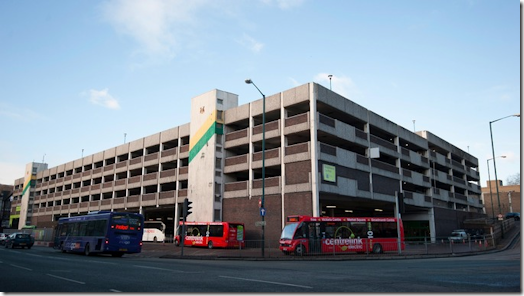 One of the more difficult road layouts for learners to understand is the T-junction with priority over vehicles from the left or right. The majority of allegedly “experienced” road users haven’t got a clue about them, either.
One of the more difficult road layouts for learners to understand is the T-junction with priority over vehicles from the left or right. The majority of allegedly “experienced” road users haven’t got a clue about them, either.